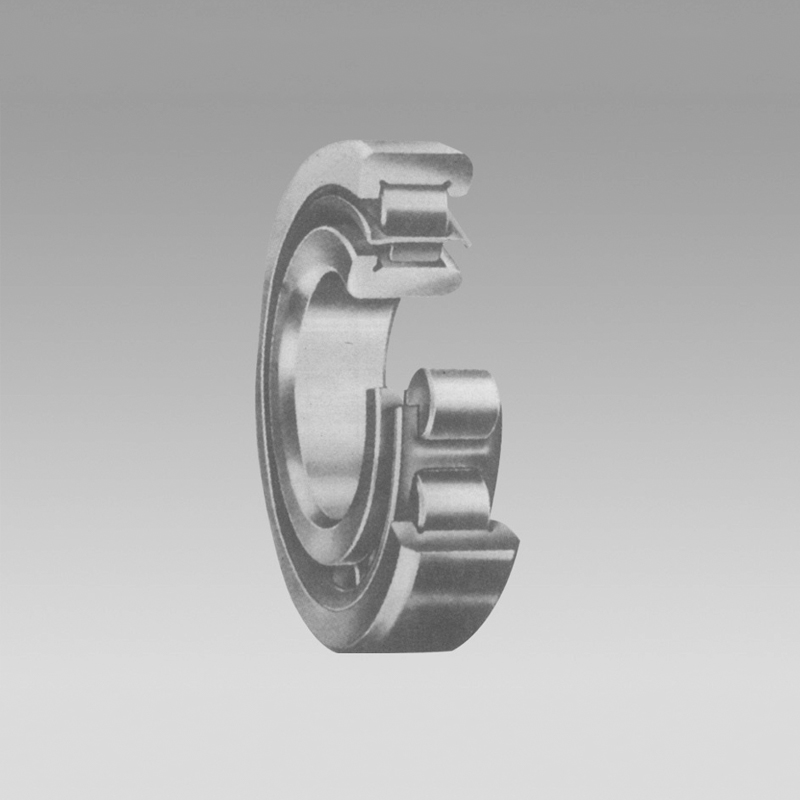
Dec . 11, 2024 10:47 Back to list
Exploring the Latest Innovations in Machinery Bearing Technology and Applications
Understanding Machinery Bearings A Key Component in Industrial Applications
Machinery bearings are essential components in various industrial applications, playing a crucial role in reducing friction and facilitating smooth motion between moving parts. Whether in automotive, aerospace, or manufacturing sectors, bearings are foundational elements that ensure machines operate efficiently and reliably. This article explores the types, functions, and significance of bearings within machinery.
What are Machinery Bearings?
Bearings are mechanical devices that enable rotating or moving parts to glide smoothly against one another. They support the load of rotating shafts and help reduce friction, which is essential for preventing wear and tear in moving components. By providing a low-friction interface, bearings significantly enhance the lifespan of machinery while improving overall performance.
Types of Machinery Bearings
Machinery bearings come in various types, each designed for specific applications and operational requirements. Here are some of the most common types
1. Ball Bearings Comprising balls that rotate between the inner and outer races, ball bearings are versatile and commonly used in a vast range of applications, from electric motors to skateboards. They are ideal for applications with moderate load capacities and high-speed operations.
2. Roller Bearings Roller bearings utilize cylindrical rollers instead of balls, allowing them to support heavier loads. They are typically found in heavy machinery, automotive applications, and conveyor systems where high radial loads are present.
3. Thrust Bearings These bearings are designed to support axial loads, making them essential in applications like gearboxes and engines. They come in various forms, including ball thrust bearings and roller thrust bearings, each suitable for different load management needs.
4. Sleeve Bearings Also known as bushings, sleeve bearings consist of a solid cylinder or sleeve that allows for linear movement. Often used in applications with low speeds and moderate loads, sleeve bearings are commonly found in pumps and motors.
machinery bearing

The Function of Bearings in Machinery
The primary function of bearings is to facilitate smooth rotation or movement, which minimizes friction between parts. This reduction in friction contributes to several key advantages
- Increased Efficiency With less friction, machinery requires less energy to operate. This improved efficiency translates into cost savings and reduced environmental impact. - Extended Lifespan Properly functioning bearings significantly prolong the life of machinery by minimizing wear on moving parts, reducing the need for frequent maintenance and replacements.
- Enhanced Performance Bearings contribute to the precise alignment and stability of rotating components, which helps maintain optimal performance levels in machines.
Importance in Industrial Applications
The role of machinery bearings cannot be overstated, particularly in industrial sectors where performance and reliability are paramount. For instance, in the automotive industry, the performance of vehicles heavily relies on high-quality bearings to ensure smooth operation and safety. Similarly, in manufacturing, the efficiency and reliability of equipment often depend on the state of their bearings.
Furthermore, advancements in bearing technology, such as the development of hybrid bearings made of ceramic materials, have enhanced their performance in extreme conditions, making them suitable for more demanding applications like aerospace and renewable energy.
Conclusion
In conclusion, machinery bearings are vital components that significantly impact the efficiency, longevity, and performance of machines in various industrial fields. Understanding the different types of bearings, their functions, and their crucial roles in machinery is essential for anyone involved in the design, maintenance, or operation of mechanical systems. As technology continues to advance, the development of new bearing materials and technologies will further improve the capabilities and applications of bearings in the future.
Latest news
-
Grooved Ball Bearing Design and Functionality
NewsJun.04,2025
-
Concrete Mixer Bearing Load Capacity Testing
NewsJun.04,2025
-
6004 Bearing Dimensions in Robotic Joint Designs
NewsJun.04,2025
-
Advantages of Single-Row Deep Groove Ball Bearings
NewsJun.04,2025
-
Applications of Deep Groove Ball Bearings in Automotive Systems
NewsJun.04,2025
-
Innovations in Bearing Pressing Machine Design
NewsJun.04,2025
